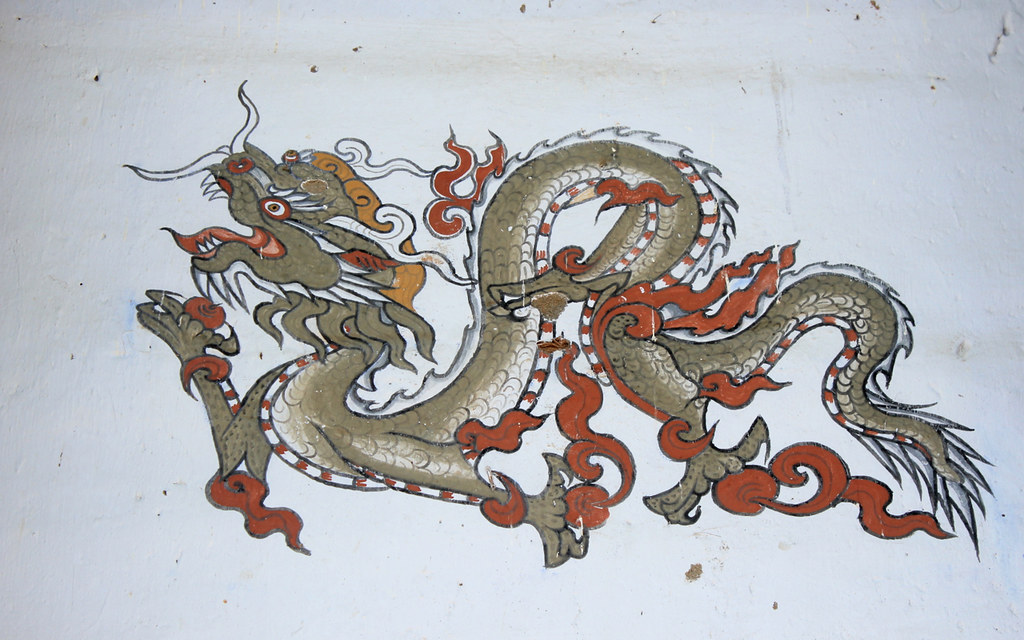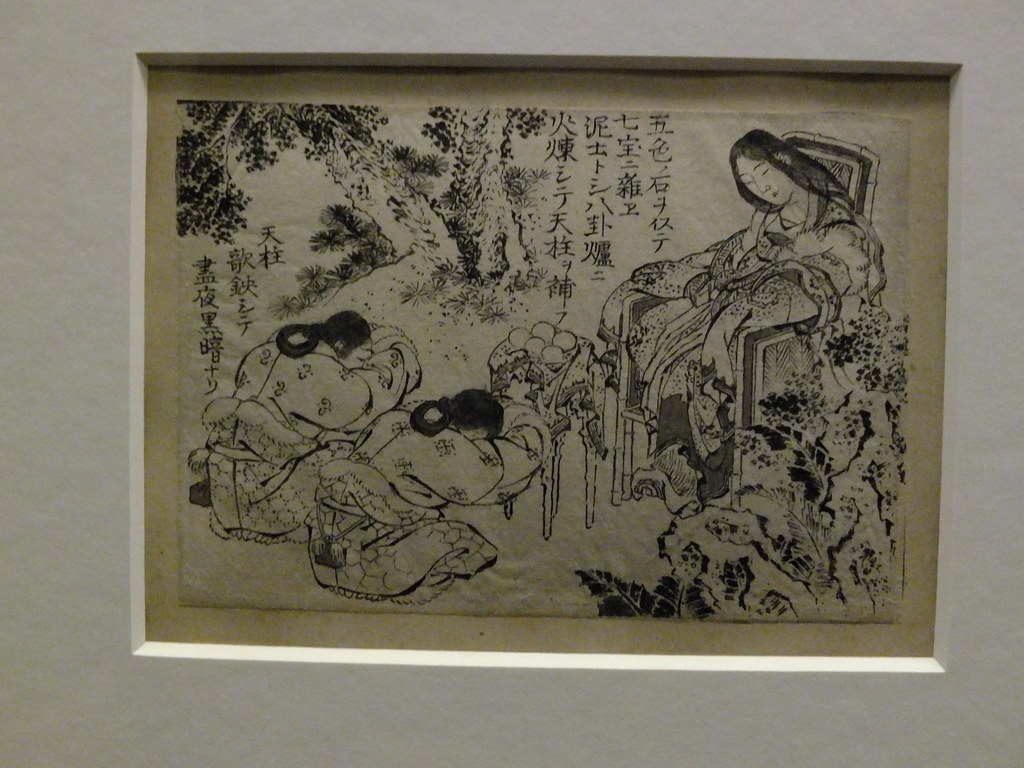The sinuous form of the snake weaves through Chinese mythology and culture with remarkable persistence and significance. As the sixth animal in the twelve-year cycle of the Chinese zodiac, the snake occupies a position of profound cultural importance, yet its journey to this esteemed status remains shrouded in fascinating tales and symbolic meanings. Unlike the more universally beloved zodiac animals such as the rabbit or a horse, the snake navigated a complex path through ancient Chinese consciousness—simultaneously feared and revered, considered both ominous and auspicious. This duality makes the snake’s prominence in the zodiac particularly intriguing. From ancient mythology to contemporary cultural representations, the snake’s role in Chinese zodiac legends reveals deep insights into Chinese philosophical traditions, religious beliefs, and social structures. Let us slither through history to uncover how this remarkable reptile coiled itself around the heart of one of the world’s most enduring calendrical systems.
The Mythological Origins of the Chinese Zodiac

The Chinese zodiac, known as Shengxiao (生肖) or “birth emblem,” traces its origins back approximately 2,000 years to the Han Dynasty, though some elements may have emerged even earlier. According to the most popular legend, the Jade Emperor (or in some versions, the Buddha) called upon all animals to participate in a race that would determine their position in the zodiac calendar. The snake, through cleverness rather than speed, secured its sixth position by hiding on the hoof of the horse and then slithering ahead at the last moment. This mythological race established the twelve-year cycle that continues to influence Chinese culture, with each animal representing distinct characteristics and fortunes. The snake’s cunning approach to the competition reflects early Chinese perceptions of this reptile as an intelligent, strategic creature that relies on wisdom rather than brute strength—a characteristic that would become central to its zodiac persona.
Snake Symbolism in Ancient China
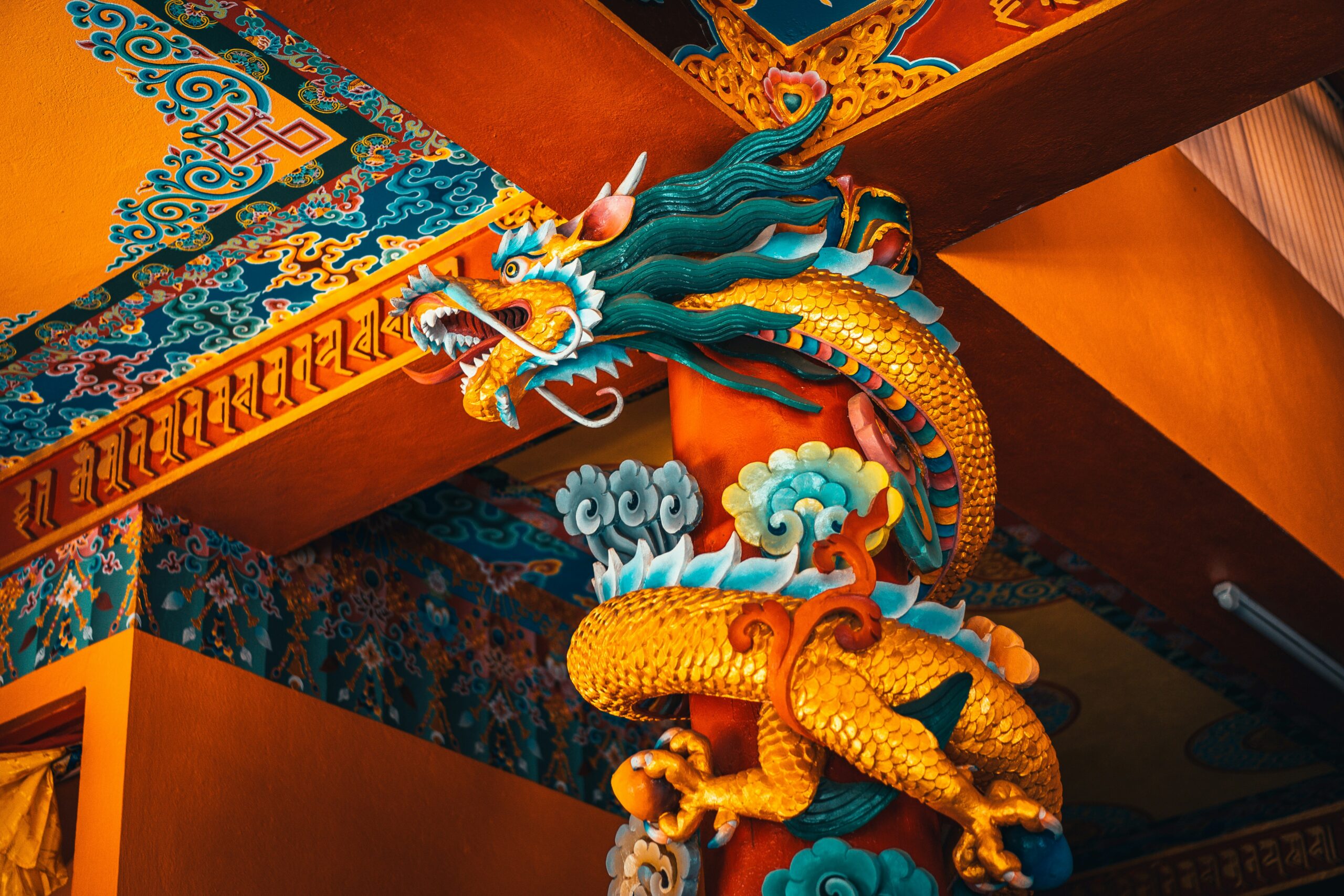
Long before the establishment of the zodiac, snakes held profound symbolic significance in ancient Chinese culture. Archaeological discoveries reveal snake imagery on pottery and jade artifacts dating back to the Neolithic period, indicating an early reverence for these reptiles. In the Shang Dynasty (1600-1046 BCE), snake worship was evidenced through oracle bone inscriptions that sought divine guidance from serpent deities. The snake’s ability to shed its skin made it a powerful symbol of rebirth, transformation, and immortality—qualities highly valued in Chinese philosophical traditions. Additionally, ancient Chinese observed the snake’s hibernation and reemergence with the seasons, connecting it to agricultural cycles and fertility. This rich symbolism provided a foundation for the snake’s eventual incorporation into the zodiac system, bringing with it layers of pre-existing cultural meanings that distinguished it from other zodiac animals.
The Snake and Chinese Creation Myths
In Chinese cosmogony, the snake features prominently through its association with Nüwa, one of the most significant creator deities. Often depicted with a human head and the body of a snake, Nüwa is credited with creating humanity from clay and repairing the pillars of heaven. This serpentine creator goddess established a direct connection between snakes and the divine origins of the Chinese people. Another influential figure, Fuxi—sometimes portrayed as Nüwa’s brother or husband—shares the snake-human hybrid form and is credited with inventing writing, fishing, and trapping. Together, these serpentine deities formed the foundation of Chinese civilization in mythological terms. The inclusion of the snake in the zodiac thus carries echoes of these creation narratives, elevating its status beyond merely another animal to a creature with divine connections to the very origins of Chinese culture.
The Snake as Yin Energy Embodied

Within the philosophical framework of Chinese cosmology, the snake represents a powerful manifestation of yin energy—the feminine, intuitive, and mysterious force that balances yang’s active masculine energy. The snake’s preference for darkness, its cold-blooded nature, and its tendency to remain hidden align perfectly with yin attributes. This association significantly influenced the snake’s characterization in the zodiac as introspective, intuitive, and enigmatic. The snake’s yin nature also connects it to water elements in traditional Chinese five-element theory, further emphasizing its association with wisdom and flexibility. Unlike the dragon, which embodies a more balanced combination of yin and yang energies, the snake’s strong yin affinity made it a symbol of feminine wisdom and intuitive knowledge. This yin-dominant energy contributed to the snake’s reputation for possessing hidden knowledge and mystic abilities within zodiac interpretations.
Dragons and Snakes: Cosmic Connections

The relationship between snakes and dragons in Chinese culture represents one of the most fascinating aspects of the snake’s zodiac significance. In many respects, the snake was considered a smaller manifestation of the mighty dragon, both being elongated, scaled creatures associated with water and transformation. This connection elevated the snake’s status, as dragons were the most revered mythological creatures in Chinese culture, representing imperial power and divine blessing. Some ancient texts suggest that snakes could transform into dragons after centuries of cultivation and spiritual development, creating a hierarchical relationship between these two zodiac beings. During the Tang Dynasty, the famous poet Lu Tong wrote, “The aspiration of the snake is to become a dragon,” capturing this transformative relationship. This dragon-snake connection helped cement the snake’s importance in zodiac legends as a creature with the potential for tremendous spiritual and metaphysical evolution.
The Snake in Chinese Folk Religion

Throughout Chinese history, white snakes have featured prominently in folk religion as manifestations of deities and immortals capable of assuming human form. The most famous example is the Legend of the White Snake, a tale dating back to the Tang Dynasty that speaks of a white snake spirit who transforms into a beautiful woman and falls in love with a human man. After numerous iterations over centuries, this story evolved into one of China’s Four Great Folktales, significantly influencing how snakes were perceived in popular culture. Temples dedicated to snake deities can be found throughout China, particularly in southern regions where the Lady White Snake is worshipped as a goddess of protection and good fortune. These religious associations reinforced the snake’s mystical qualities in zodiac interpretations, portraying snake-year people as possessing spiritual insight and transformative capabilities beyond the ordinary.
Geographic Variations in Snake Veneration
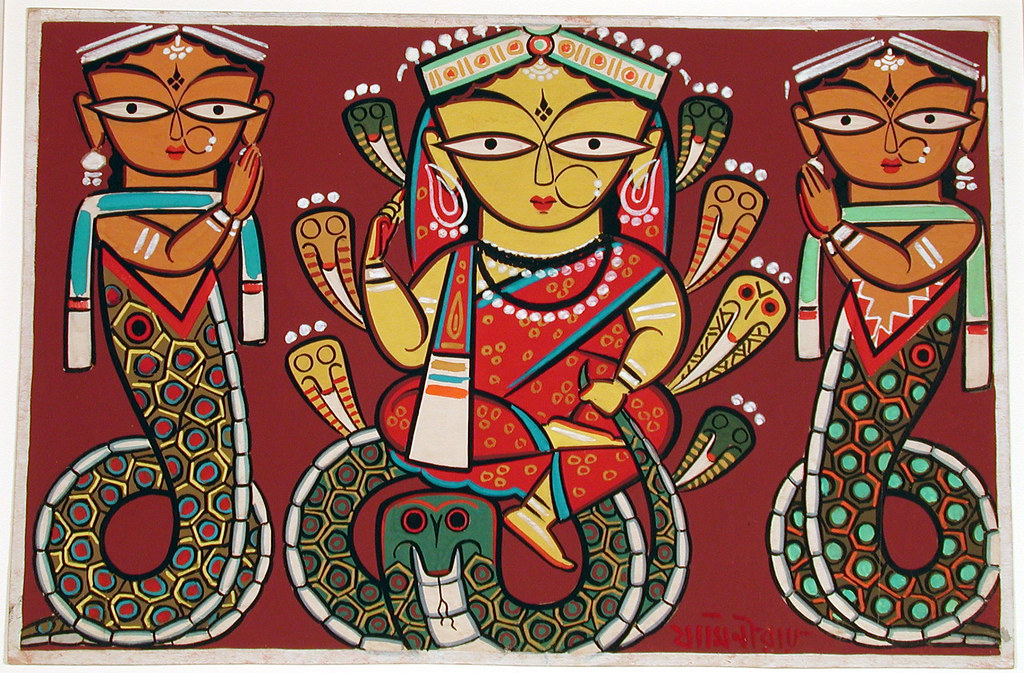
The reverence for snakes in Chinese culture shows fascinating regional variations that influenced how the snake zodiac sign was interpreted across different parts of China. In southern China, particularly in areas like Fujian and Guangdong provinces, snake veneration reached its zenith, with numerous temples dedicated to snake deities and festivals celebrating serpent spirits. These regions also developed culinary traditions incorporating snake meat, believed to transfer the reptile’s positive qualities to the consumer. By contrast, northern regions displayed more ambivalence toward snakes, sometimes emphasizing their potentially dangerous aspects. The Snake Goddess Temple in Guangzhou represents one of the most significant snake veneration sites, drawing pilgrims seeking blessings for thousands of years. These regional differences created a multifaceted snake zodiac personality that varies subtly in interpretation depending on local cultural influences.
Confucian Perspectives on the Snake
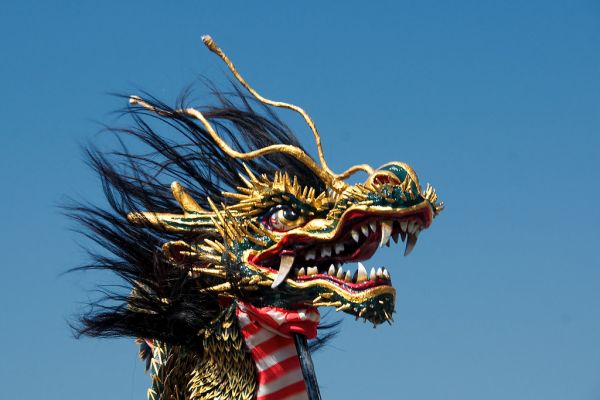
Confucian ideology, which profoundly shaped Chinese social structures for over two millennia, incorporated the snake into its moral and ethical frameworks in complex ways. Confucian texts occasionally used snake imagery to illustrate the dangers of unchecked desires and deception, reflecting the animal’s ability to strike unexpectedly. However, Confucian scholars also admired the snake’s patience, discipline, and careful nature—qualities highly valued in the scholarly tradition. This dichotomy influenced how the snake was characterized in zodiac interpretations during different historical periods. The Confucian emphasis on propriety found expression in the snake’s zodiac attributes of elegance, refinement, and self-control. During the Song Dynasty, when Neo-Confucianism flourished, zodiac interpretations increasingly emphasized the snake’s positive qualities of wisdom and judicious action, aligning with Confucian ideals of the cultivated person who acts with measured deliberation.
Taoist Influences on Snake Symbolism

Taoism embraced the snake as a profound symbol of natural wisdom and the Tao itself, significantly enhancing the reptile’s status within zodiac interpretations. The snake’s ability to move without limbs exemplified the Taoist principle of wu-wei—action through non-action—and its fluid movements reflected the concept of following the path of least resistance. Taoist alchemical texts associated snakes with longevity practices, believing that snake-like energy cultivation in the body could lead to immortality. The Taoist classic “Zhuangzi” includes parables featuring wise snakes that understand natural principles better than humans do. These Taoist associations enriched the snake’s zodiac personality with attributes of philosophical depth, natural wisdom, and spiritual cultivation. When interpreting a person born in the Year of the Snake through a Taoist lens, fortune tellers would emphasize their natural intuition about life’s flow and their ability to adapt to changing circumstances with minimal resistance.
Buddhist Interpretations of the Snake Sign

When Buddhism arrived in China around the 1st century CE, it brought new dimensions to snake symbolism that were gradually incorporated into zodiac interpretations. In Buddhist iconography, the Buddha is often depicted protected by the naga—sacred serpent deities—highlighting a positive relationship between serpents and enlightenment. However, Buddhism also portrayed snakes as representing anger and hatred in some contexts, creating a moral ambiguity that influenced zodiac characterizations. The Buddhist wheel of life (bhavacakra) sometimes depicts snakes as one of the three poisons of ignorance, attachment, and aversion that keep beings trapped in samsara. This complex Buddhist symbolism contributed to the multifaceted nature of the snake in zodiac interpretation, suggesting that Snake-year individuals possess both spiritual potential and challenging emotional tendencies. During the Tang Dynasty, when Buddhism flourished in China, zodiac manuals began incorporating these Buddhist interpretations, suggesting specific meditation practices for Snake-year people to cultivate their positive qualities while minimizing negative tendencies.
Literary Representations of Snake Personalities
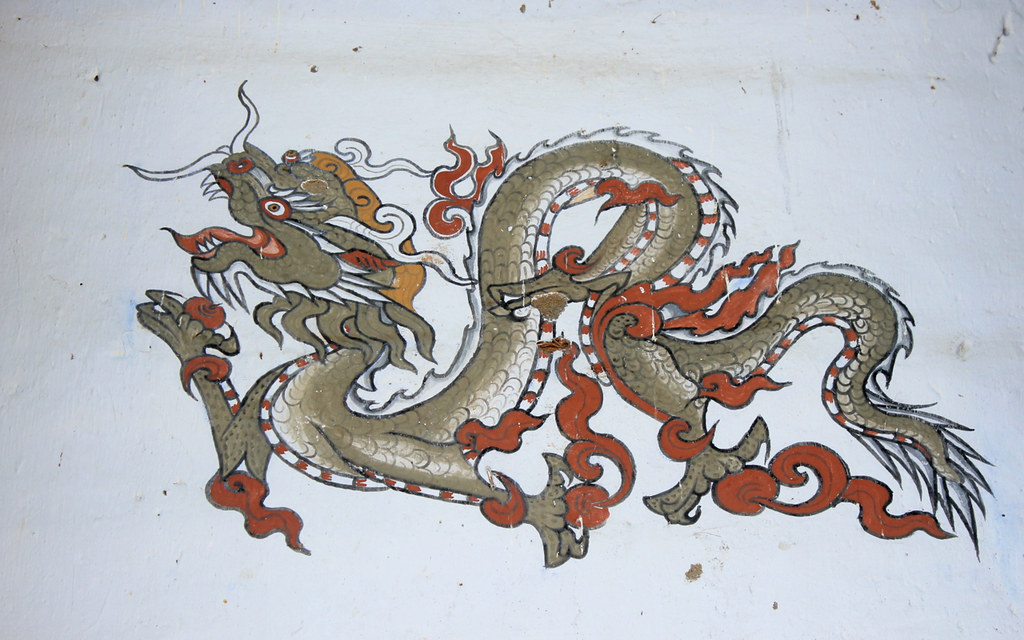
Chinese literature has played a crucial role in developing and disseminating the complex personality traits associated with the snake zodiac sign. Classical texts like the “Yi Jing” (Book of Changes) associated snake imagery with intuitive wisdom and the ability to perceive hidden truths. By the Ming Dynasty, popular novels began featuring characters born in Snake years who displayed the characteristic mix of wisdom, sensuality, and secretiveness that became defining traits of this zodiac sign. The 16th-century novel “Journey to the West” includes several snake spirits whose portrayal reflects the ambivalent cultural attitude toward snakes—both dangerous and powerful yet capable of cultivation and transformation. These literary representations solidified specific personality traits attributed to Snake-year individuals: intellectual, somewhat reserved, intuitive, elegant, and occasionally inscrutable. Contemporary Chinese literature continues this tradition, with modern authors like Mo Yan creating memorable Snake-year characters who embody these traditional attributes while exploring their complexity in modern contexts.
The Snake in Imperial Chinese Astrology

Throughout imperial China, court astrologers elevated the snake’s significance within the zodiac system by connecting it to imperial power and cosmic order. During the Han Dynasty, when the zodiac system was formalized, imperial astrologers developed elaborate systems correlating snake years with specific heavenly stems and earthly branches, creating a complex divinatory system used for state decisions. The snake’s association with wisdom made it particularly significant for predicting the fortunes of scholars in the imperial examination system. Historical records from the Tang Dynasty document how Emperor Xuanzong consulted astrologers about the significance of being born in a Snake year, receiving the interpretation that it predicted his intellectual refinement and strategic capabilities. Imperial almanacs produced during the Ming Dynasty codified specific predictions for snake years, including their influence on agriculture, warfare, and dynastic fortunes. This imperial patronage legitimized and standardized snake zodiac interpretations that continue to influence modern understandings of this sign.
Modern Cultural Significance of the Snake Sign

In contemporary Chinese society, the snake retains its complex zodiac significance while adapting to modern interpretations. People born in Snake years are still commonly described as wise, intuitive, and elegant, though the more negative associations of secretiveness or danger are typically downplayed in popular culture. The most recent Years of the Snake (2001, 2013, 2025) continue to be marked with special celebrations and cultural acknowledgments throughout Chinese communities worldwide. Marketing campaigns during Snake years often feature sophisticated, elegant themes that emphasize the snake’s positive attributes. The contemporary fortune-telling services, whether traditional or online, maintain the classic Snake personality profile while adapting it to modern concerns like career compatibility and relationship dynamics. While younger generations may approach zodiac beliefs with more skepticism than their ancestors, the snake’s rich symbolic heritage continues to influence cultural identity and personal narratives among Chinese people globally, demonstrating the remarkable resilience of this ancient symbolic system.
In conclusion, the snake’s journey from feared predator to esteemed zodiac animal reveals the remarkable adaptability of Chinese cultural systems. Through millennia of mythology, religious interpretation, and philosophical insight, the snake transcended its biological nature to become a complex symbol embodying wisdom, transformation, and intuitive knowledge. Its position in the zodiac represents not merely the outcome of a mythical race but the culmination of intricate cultural processes that reconciled the snake’s potentially threatening aspects with its admirable qualities. As we’ve seen, regional variations, religious syncretism, and literary traditions all contributed to the multifaceted snake personality that still fascinates the zodiac enthusiasts today. Whether viewed through Confucian, Taoist, or Buddhist lenses, the snake consistently represents the mysterious wisdom which comes from patient observation and deep understanding—qualities that remain relevant across centuries and cultures. In this way, the snake’s central position in Chinese zodiac legends offers us not just an engaging mythology but a window into the sophisticated symbolic thinking that characterizes Chinese cultural traditions.

